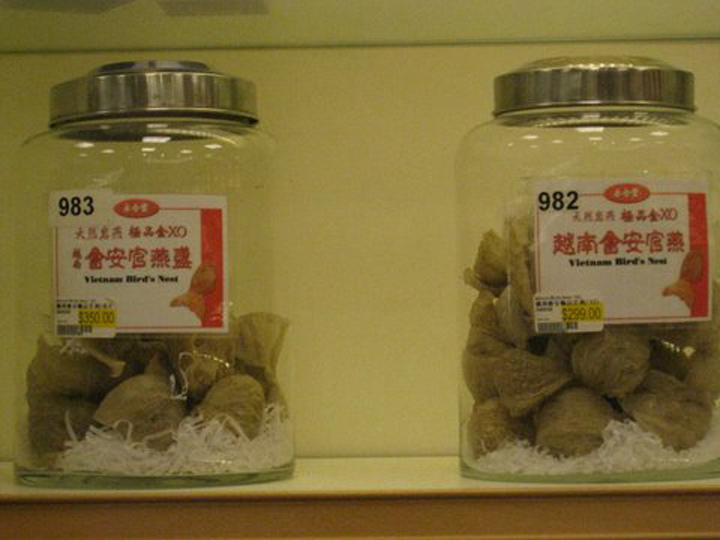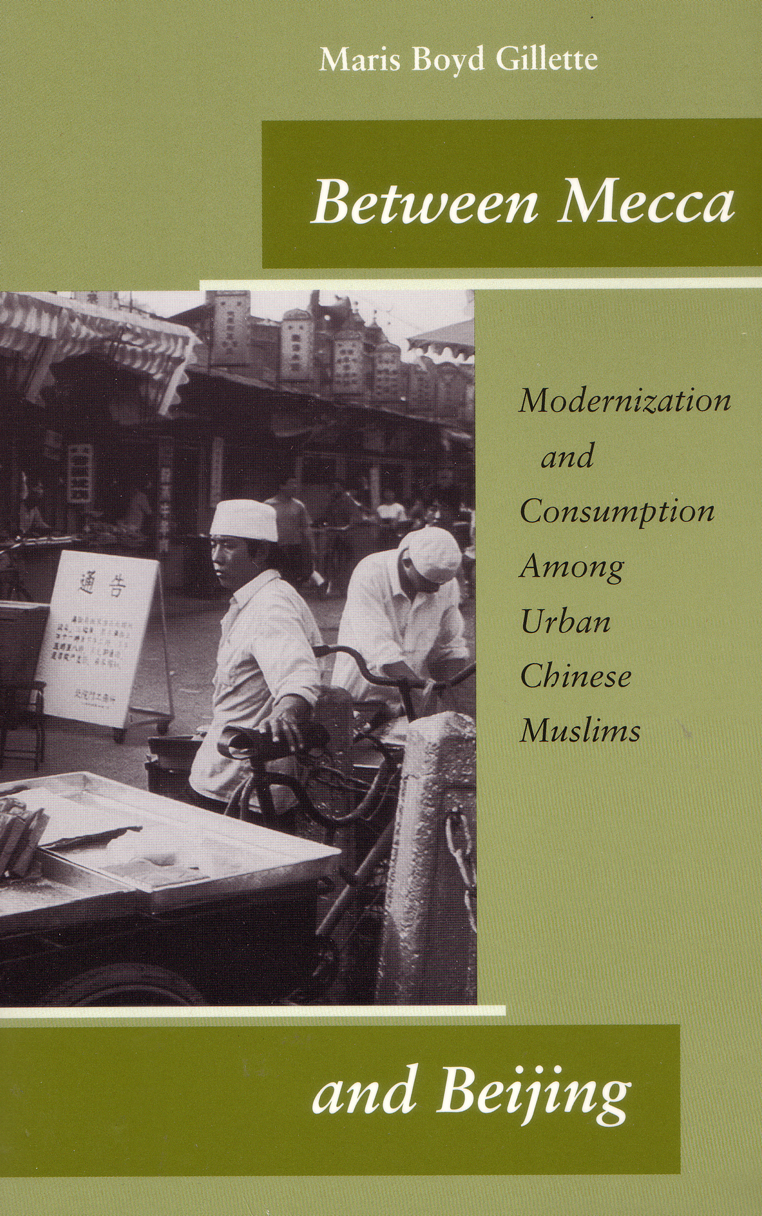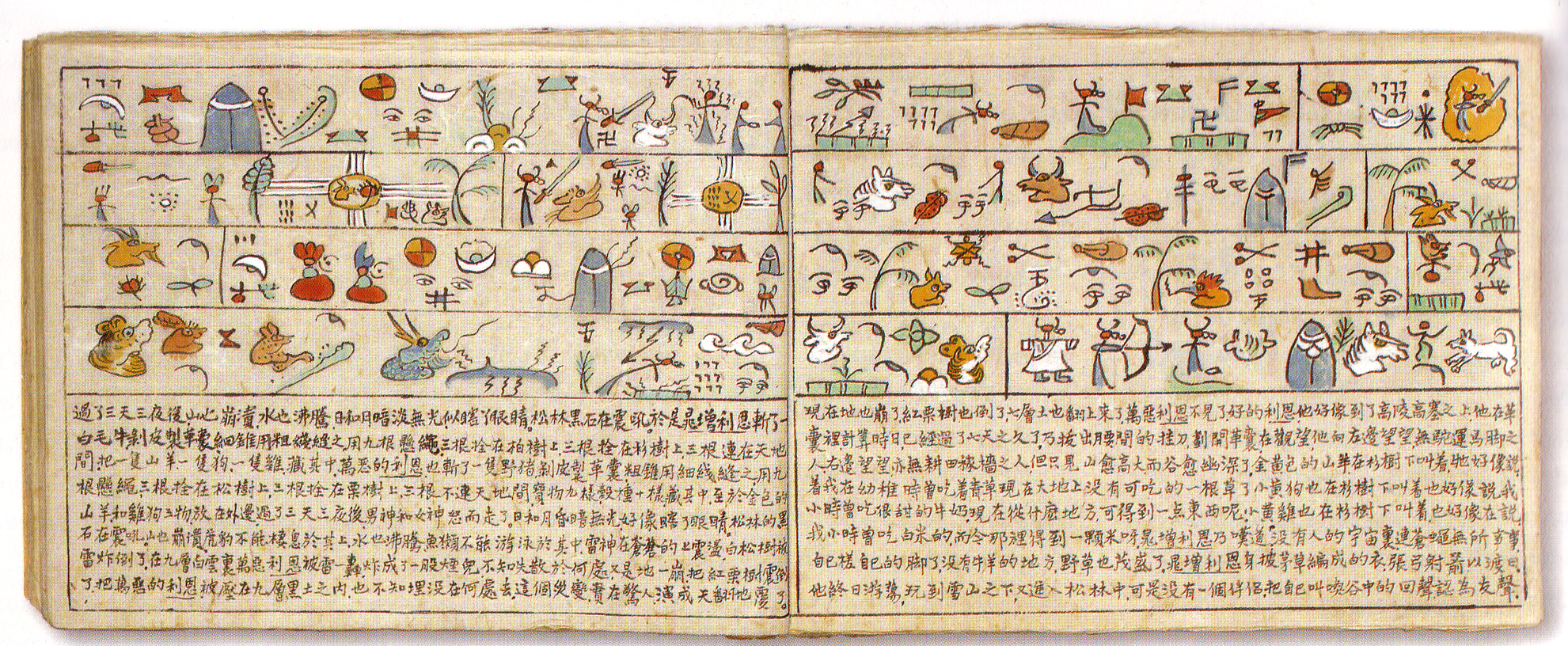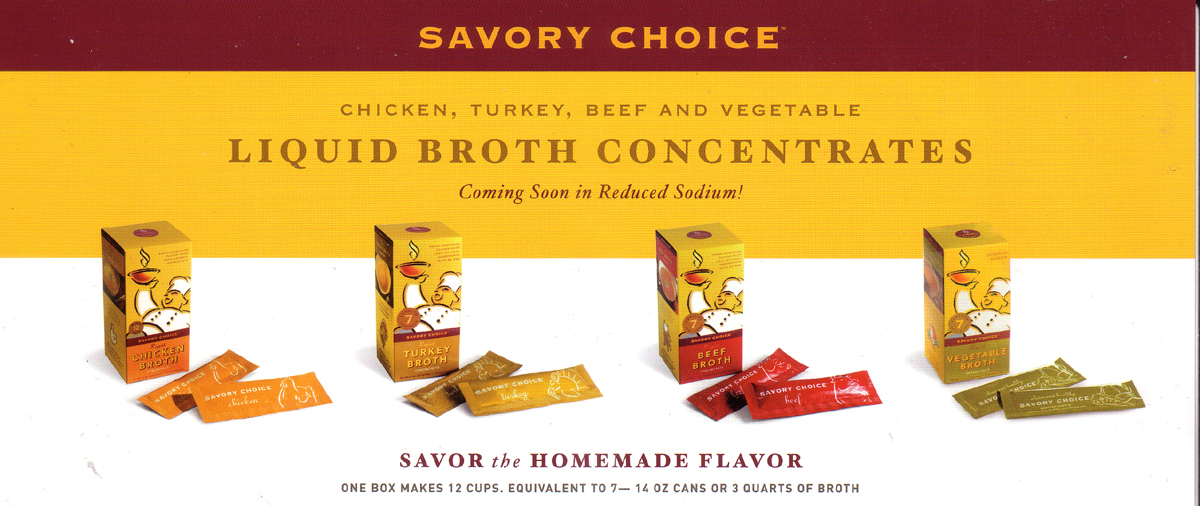|
Read 12953515 times
Connect me to:
|
TOPICS: Bird's Nest; Muslims in China; Dongba Naxi pictoscript; Liquid broth concentrateNewman's News and Notes
Spring Volume: 2009 Issue: 16(1) page(s): 32 and 36
 BIRD'S NEST queries continue to arrive as many still ask for clarifications. Some have not seen a recent article about this honorific food done in Flavor and Fortune's Volume 15(3) on pages 19, 20, 25, and 26. The most frequently asked questions before and since include: Do people really eat them and, do the red ones have blood in them? A third popular query is: Since they cost several hundred dollars a kilo, how can the Chinese afford to serve them at weddings and other celebrations? BIRD'S NEST queries continue to arrive as many still ask for clarifications. Some have not seen a recent article about this honorific food done in Flavor and Fortune's Volume 15(3) on pages 19, 20, 25, and 26. The most frequently asked questions before and since include: Do people really eat them and, do the red ones have blood in them? A third popular query is: Since they cost several hundred dollars a kilo, how can the Chinese afford to serve them at weddings and other celebrations?
A reporter using the name Daisy, a writer for Thaiways Magazine, is one source several have quoted. In her cover story for this magazine's March 25, 2006 issue headlined: Bird's Nests Much More than Delicious Flavor, they asked our opinion on her findings. She speaks of the Chinese regard for Bird's Nest Soup which she says the Chinese consider "a supreme delicacy with rich mineral properties." She refers to it "as a tonic to boost the function of the lungs" and correctly advises that once only emperors or the well-to-do were able to taste genuine bird's nests. Today, ordinary folk can because operators who collect them maintain conservation principles that sustain and make the most of these Swiftlet nests. She speaks of three Thai swiftlet species that produce edible nests. They are the Edible Nest Swiftlet, the Pacific Swift, and the Black-nest Swiftlet. Nests from the first she says are harvested most in Thailand. The nests of the Black-nest Swiftlet are black with feathers, dust, and droppings; they are of low quality. Contrary to what some have said, in a section titled: Beliefs about reddish brown nests, Daisy says the nest are "produced by the mother birds who have to rebuild the nests several times until their saliva become blood." She also advises these are "rated as supreme delicacy rich in nutritions (spelling as given) which gourmets will pay any costs to taste." She also says: "Recently many researchers have found that what causes the reddish brown color is the chemical reaction between oxygen, iron, and humidity which results in rust." As to their medicinal properties, Daisy reports that "birds nests are believed to act as tonic for the lungs and can keep the function of respiratory system homeostatic. They are also excellent for boosting the blood circulation system for children, patients in recovery stage, women after delivery and the old." She praises bird's nests soup as a "superb tonic so full of benefits that it is prohibited to add cooking oil or other seasonings to it." Who prohibits this is not indicated. She discusses researchers who study bird’s nests and says they found that these nests can help stimulate the process of the cell formation, as well. The scientists of Thailand Scientific and Technological Research, an institute, found the following chemical compounds in bird's nest: Water 5.11%, protein 60.9%, calcium 0.85%, potassium 0.05%, and phosphorus 0.03%. A 1963 Thai study indicates "chemical compounds extracted from bird's nests effectively prohibited the process of haemagglutination which causes the common cold and influenza." How true, however, information more than a quarter of a century old might have changed since there has been considerable research on this topic. For those wanting more information, do read more about bird's nests. We are no expert, so perhaps beginning with Daisy's article is a good place to start. That magazine's web site is: www.thaiwaysmagazine.com MUSLIMS in CHINA were called Hui Minzu; and that was a religious designation. In the first half of the 20th century, all Muslims in China were called Hui; though not all of them were members of that ethnic minority population. Most Muslims and their ancestors originally came to China from Arabia and Persia. They were strikingly different from the Chinese who practiced Islam. They exhibited other differences from non-Muslim Chinese, too. There were racial slurs against them long before they were called Hui, some reported at least as early as the 13th century. That may be why their religious and other activities took place in the mosque or in family homes. But during major Islamic holidays, they were more visual. The Feast of the Breaking of the Fast at the end of Ramadan and the Feast of the Sacrifice marking the culmination of the annual pilgrimage to Mecca were important holidays for them. Men visited mosques for longer times during these holy days. Today things are different for most Chinese Muslims. Their holidays have become national holidays, and they can better practice beliefs written about in the Quran, their holy book. They believe it the literal word of God, dictating, among other things, Islamic dietary restrictions. These, alone, set them apart from their Chinese brethren.  In the Quran, four types of foods are prohibited. These are: 1) Animals not consecrated to God and not properly slaughtered 2) Blood, 3) Pork, and 4) Alcohol. 'Halal' is the term they and others use to refer to foods that all Muslims can eat. Eating Halal means eating pure and true and Hui and all Muslims do not eat foods not 'pure and true.' How foods are prepared also determines what they can and will eat. Foods they can consume are in Chinese called: qing zhen. Any food that does not include pork, blood, or alcohol can be qing zhen, but only if it is made in vessels forbidden for foods they never touch and never eat. In the Quran, four types of foods are prohibited. These are: 1) Animals not consecrated to God and not properly slaughtered 2) Blood, 3) Pork, and 4) Alcohol. 'Halal' is the term they and others use to refer to foods that all Muslims can eat. Eating Halal means eating pure and true and Hui and all Muslims do not eat foods not 'pure and true.' How foods are prepared also determines what they can and will eat. Foods they can consume are in Chinese called: qing zhen. Any food that does not include pork, blood, or alcohol can be qing zhen, but only if it is made in vessels forbidden for foods they never touch and never eat.
Those that want to learn more about Muslim dietary restrictions and Muslims in China today, should read: Between Mecca and Beijing by Maris Boyd Gillette. This book examines how a community of urban Chinese Muslims use consumption so that the government looks upon them more favorably. Dru Gladney at University of Hawaii calls this book by an Assistant Professor of Anthropology at Haverford College, "the most detailed and comprehensive study of a Muslim community in China." We recommend it, as well.  DONGBA, an old Naxi pictoscript, is something we recently found in color. It fascinates. Discussed in an article in 2003 titled: Naxi, Descendants of the Dongba Culture, an article that appeared in Volume 10(1) on pages 15 and 16, this pair of pages we have put together answer many questions better than we can. As many questions were received both before and after it appeared, this picture of their writing may provide answers. Enjoy its artistic merits and what it may say. DONGBA, an old Naxi pictoscript, is something we recently found in color. It fascinates. Discussed in an article in 2003 titled: Naxi, Descendants of the Dongba Culture, an article that appeared in Volume 10(1) on pages 15 and 16, this pair of pages we have put together answer many questions better than we can. As many questions were received both before and after it appeared, this picture of their writing may provide answers. Enjoy its artistic merits and what it may say.
 LIQUID CONCENTRATE is new to the market. It provides ease of use here-to-for not available as easily. These thin envelopes can be purchased in one of four ways. These are chicken, turkey, beef, or vegetable. Each is about the size of a thin two-inch packet of products mush the same as instant coffee. Seven of a single flavor come in a small box. Each stick pouch, as they call them, makes one cup of broth. However, we have used one for anywhere from half a cup to two cups of broth and did appreciate the ease of use these space savers provide. They do not contain MSG, do have good meaty and vegetable flavors, and are great for marinades, stir-frying, gravies, and more. They also are wonderful used full strength when mixed in ground meat for meatballs, meatloaf, and burgers. For more information about them, including where to buy them, go to www.savorychoice.com or call the company at 1- (866) 472-8279. LIQUID CONCENTRATE is new to the market. It provides ease of use here-to-for not available as easily. These thin envelopes can be purchased in one of four ways. These are chicken, turkey, beef, or vegetable. Each is about the size of a thin two-inch packet of products mush the same as instant coffee. Seven of a single flavor come in a small box. Each stick pouch, as they call them, makes one cup of broth. However, we have used one for anywhere from half a cup to two cups of broth and did appreciate the ease of use these space savers provide. They do not contain MSG, do have good meaty and vegetable flavors, and are great for marinades, stir-frying, gravies, and more. They also are wonderful used full strength when mixed in ground meat for meatballs, meatloaf, and burgers. For more information about them, including where to buy them, go to www.savorychoice.com or call the company at 1- (866) 472-8279.
|

 BIRD'S NEST queries continue to arrive as many still ask for clarifications. Some have not seen a recent article about this honorific food done in Flavor and Fortune's Volume 15(3) on pages 19, 20, 25, and 26. The most frequently asked questions before and since include: Do people really eat them and, do the red ones have blood in them? A third popular query is: Since they cost several hundred dollars a kilo, how can the Chinese afford to serve them at weddings and other celebrations?
BIRD'S NEST queries continue to arrive as many still ask for clarifications. Some have not seen a recent article about this honorific food done in Flavor and Fortune's Volume 15(3) on pages 19, 20, 25, and 26. The most frequently asked questions before and since include: Do people really eat them and, do the red ones have blood in them? A third popular query is: Since they cost several hundred dollars a kilo, how can the Chinese afford to serve them at weddings and other celebrations?  In the Quran, four types of foods are prohibited. These are: 1) Animals not consecrated to God and not properly slaughtered 2) Blood, 3) Pork, and 4) Alcohol. 'Halal' is the term they and others use to refer to foods that all Muslims can eat. Eating Halal means eating pure and true and Hui and all Muslims do not eat foods not 'pure and true.' How foods are prepared also determines what they can and will eat. Foods they can consume are in Chinese called: qing zhen. Any food that does not include pork, blood, or alcohol can be qing zhen, but only if it is made in vessels forbidden for foods they never touch and never eat.
In the Quran, four types of foods are prohibited. These are: 1) Animals not consecrated to God and not properly slaughtered 2) Blood, 3) Pork, and 4) Alcohol. 'Halal' is the term they and others use to refer to foods that all Muslims can eat. Eating Halal means eating pure and true and Hui and all Muslims do not eat foods not 'pure and true.' How foods are prepared also determines what they can and will eat. Foods they can consume are in Chinese called: qing zhen. Any food that does not include pork, blood, or alcohol can be qing zhen, but only if it is made in vessels forbidden for foods they never touch and never eat. DONGBA, an old Naxi pictoscript, is something we recently found in color. It fascinates. Discussed in an article in 2003 titled: Naxi, Descendants of the Dongba Culture, an article that appeared in Volume 10(1) on pages 15 and 16, this pair of pages we have put together answer many questions better than we can. As many questions were received both before and after it appeared, this picture of their writing may provide answers. Enjoy its artistic merits and what it may say.
DONGBA, an old Naxi pictoscript, is something we recently found in color. It fascinates. Discussed in an article in 2003 titled: Naxi, Descendants of the Dongba Culture, an article that appeared in Volume 10(1) on pages 15 and 16, this pair of pages we have put together answer many questions better than we can. As many questions were received both before and after it appeared, this picture of their writing may provide answers. Enjoy its artistic merits and what it may say.  LIQUID CONCENTRATE is new to the market. It provides ease of use here-to-for not available as easily. These thin envelopes can be purchased in one of four ways. These are chicken, turkey, beef, or vegetable. Each is about the size of a thin two-inch packet of products mush the same as instant coffee. Seven of a single flavor come in a small box. Each stick pouch, as they call them, makes one cup of broth. However, we have used one for anywhere from half a cup to two cups of broth and did appreciate the ease of use these space savers provide. They do not contain MSG, do have good meaty and vegetable flavors, and are great for marinades, stir-frying, gravies, and more. They also are wonderful used full strength when mixed in ground meat for meatballs, meatloaf, and burgers. For more information about them, including where to buy them, go to www.savorychoice.com or call the company at 1- (866) 472-8279.
LIQUID CONCENTRATE is new to the market. It provides ease of use here-to-for not available as easily. These thin envelopes can be purchased in one of four ways. These are chicken, turkey, beef, or vegetable. Each is about the size of a thin two-inch packet of products mush the same as instant coffee. Seven of a single flavor come in a small box. Each stick pouch, as they call them, makes one cup of broth. However, we have used one for anywhere from half a cup to two cups of broth and did appreciate the ease of use these space savers provide. They do not contain MSG, do have good meaty and vegetable flavors, and are great for marinades, stir-frying, gravies, and more. They also are wonderful used full strength when mixed in ground meat for meatballs, meatloaf, and burgers. For more information about them, including where to buy them, go to www.savorychoice.com or call the company at 1- (866) 472-8279.